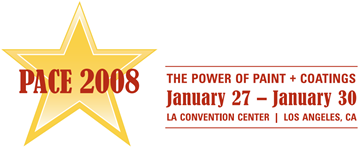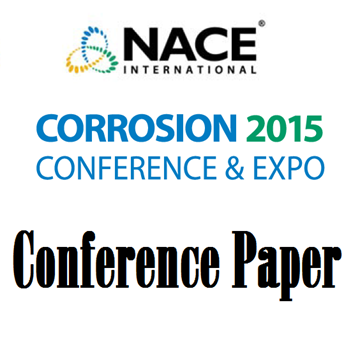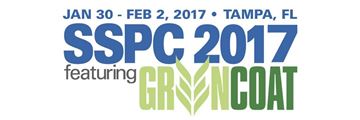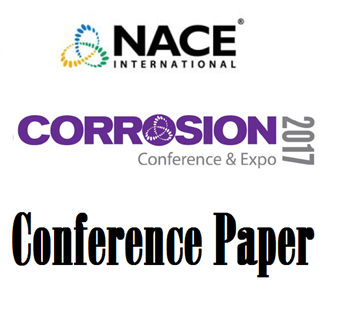Search
Individual Conference Papers
View as
Sort by
Display
per page
Leak Mitigation of Dynamic Cracks in Concrete
Product Number:
41216-982-SG
Publication Date:
2016
$20.00
Learning from Failure: The Key to Advancements in Metallurgy and Corrosion
Product Number:
51324-21152-SG
Publication Date:
2024
$40.00
Learning to Specify Vinyl Ester Linings for FGD Applications
Product Number:
41208-456-SG
Publication Date:
2008
$20.00
Lessons Learned During 10 Years of ECDA Application
Product Number:
51315-5601-SG
ISBN:
5601 2015 CP
Publication Date:
2015
$20.00
Lessons Learned for Painting Over Hot-Dip Galvanizing
Product Number:
51217-048-SG
Publication Date:
2017
$20.00
Lessons Learned from Dehumidification Specifications, Good and Bad
Product Number:
51219-215-SG
Publication Date:
2019
$20.00
Lessons Learned from Offshore Coating Programs
Product Number:
51317--9226-SG
ISBN:
9226 2017 CP
Publication Date:
2017
$20.00
Leveraging Geospatial Corrosion Data to Facilitate Smart Decision-Making in Municipal Water and Wastewater Infrastructure Management
Product Number:
51324-20370-SG
Publication Date:
2024
$40.00
Leveraging Physical and Virtual On-Aircraft Sensors to Inform Maintenance Practices
Product Number:
51324-20921-SG
Publication Date:
2024
$40.00
Leveraging Risk Insights For Aging Management At Nuclear Power Plants
Product Number:
ED22-17189-SG
Publication Date:
2022
$20.00
Life Beyond 80: Can Concrete Degradation’ Synergetic Modes Become Showstoppers for Light Water Reactors?
Product Number:
ED22-17261-SG
Publication Date:
2022
$20.00












